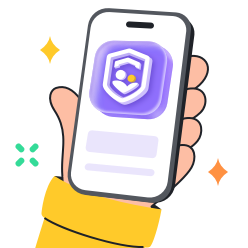These days, there are fun websites for kids on the internet. On a wider note, these aren’t merely entertaining platforms, but also educational. Kids learn skills, explore the world and even play games that teach valuable lessons.
But here’s the catch: The online world is enormous and with so many ways for people to take advantage. Parents have two goals to balance: keeping kids happy and safe. So, let’s get into a handpicked list of 15 fun websites for kids, which combine entertainment with education.
15 fun game and learning websites for kids to explore
The internet is full of gold mine resources for children that provide it in an interesting, engaging way by gamifying lessons and introducing new concepts differently. Here, I break down the top 15 most popular and fun websites for kids, what they offer, how they operate, and how kids enjoy using them.
1. Duolingo ABC
Duolingo ABC is designed for young learners to teach reading basics through interactive lessons.
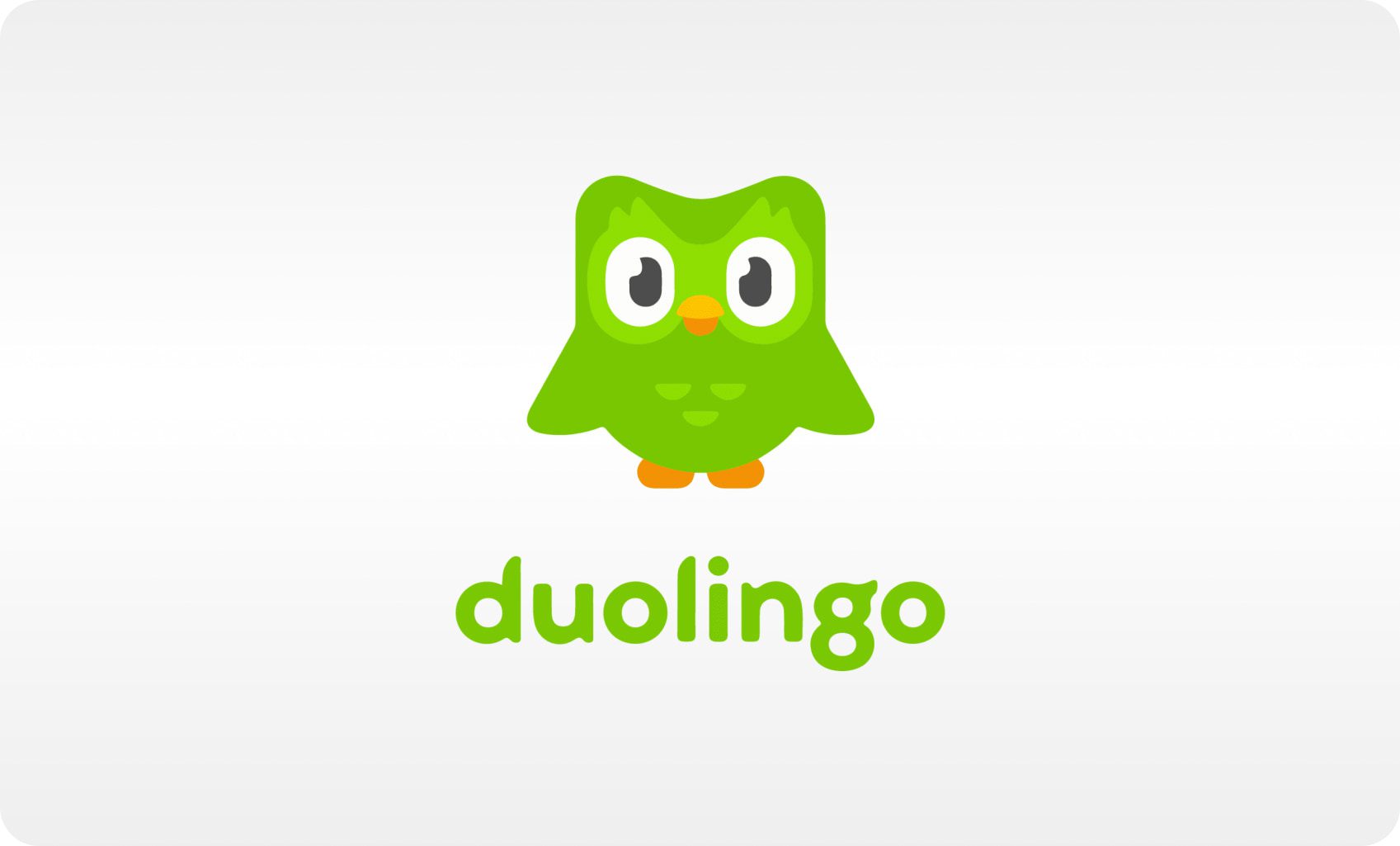


- Supported system: App available on iOS and Android.
- Free or paid: It’s completely free; however, there are in-app rewards to push you on.
- Subjects: Learning reading and language.
- Best for: Especially for preschoolers and younger kids of ages up to 6 (those just beginning to read).
- Why it’s great: The app turns letters and words into happy adventures. While the mascot, Duo, uses positive reinforcement to motivate kids.
2. ABCya Educational Games
Fun, grade-specific games fill ABCya. It’s word searches, typing challenges, and anything in between.
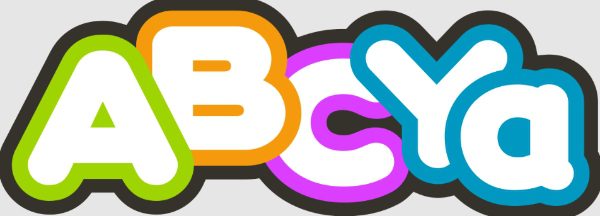


- Supported system: Website only.
- Free or paid: It is free, though premium options remove ads and additional features.
- Subjects: Reading and math can be done through typing lessons and even holiday themed activities.
- Best for: For kids 4 through 12 who like to play while learning.
- Why it’s great: Teachers and parents rely on it as a go-to resource. Its bright visuals and games that keep kids hooked.
3. National Geographic Kids
This site is brimming with engaging videos, photos, and articles that immerse children in wildlife, geography, and history. It’s a great platform that also meets safety considerations and age-appropriate content.



- Supported system: Website.
- Free or paid: Premium magazine subscriptions exist. Everything else is free.
- Subjects: Geography, nature, history and conservation.
- Best for: Especially for children ages 6 – 14 who are fascinated with animals and the world around them.
- Why it’s great: Young explorers love the interactive quizzes and real life stories. This is an online safari without having to leave home!
4. Media4Math
Interactive videos, worksheets and problem-solving exercises bring math concepts to life.
- Supported system: Website.
- Free or paid: It offers free resources and premium content to unlock.
- Subjects: Basic arithmetic to algebra, math.
- Best for: Ages 9 – 16 if they need a fresh approach to numbers.
- Why it’s great: Math turns into something that they can see and feel, visual learners love how every problem is fixed.
5. Coolmath4kids
A puzzle-filled website where kids hone their math skills. Those fun math games and logic puzzles to develop critical thinking. Meanwhile, parents should be mindful of the need to balance fun and learning for their children.
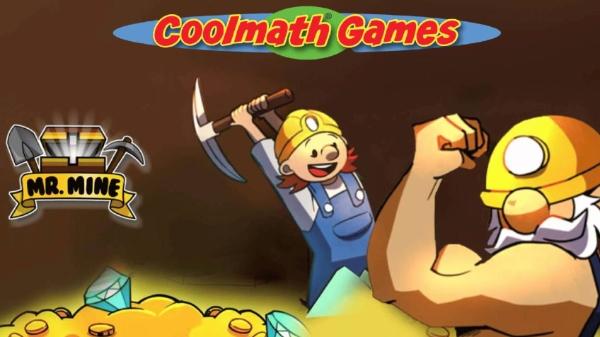


- Supported system: Website.
- Free or paid: Free.
- Subjects: Math and logic-based puzzles.
- Best for: Especially puzzle enthusiasts, between ages 7 and 13.
- Why it’s great: Math feels a lot more like a game and not homework with the bright, colorful interface and fun games.
6. Starfall
As we have seen, Starfall specializes in foundational learning, especially in reading and early math.
- Supported system: Website and app.
- Free or paid: Full access is available with a paid membership, though there is free basic access.
- Subjects: Reading, phonics, and math.
- Best for: Students through kindergarten and second grade.
- Why it’s great: It is a favorite with younger kids because of the phonics games and singing-along sessions.
7. Khan Academy Kids
This is a child-friendly version of Khan Academy, but personalized lessons for younger learners.
- Supported system: App for iOS and Android.
- Free or paid: Entirely free.
- Subjects: Reading, math and problem solving.
- Best for: Ages 2-7.
- Why it’s great: The experience is frustration free as the app adapts to the speed at which each child learns.
8. Funbrain
Educational games, books, and videos for kids.
- Supported system: Website.
- Free or paid: Free.
- Subjects: About math, reading, and educational games.
- Best for: Ages 6-13.
- Why it’s great: A blend of such stories as Diary of a Wimpy Kid with math and reading activities.
9. PBS Kids
This fun learning platform based on PBS shows provides games and videos as well as interactive activities for kids.
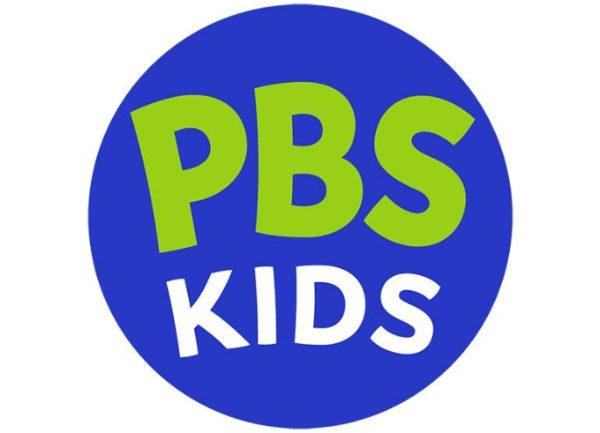


- Supported system: Website and app.
- Free or paid: Free.
- Subjects: Science, reading, and emotional learning.
- Best for: Kids under 8 years old who like characters like Elmo or Daniel Tiger.
- Why it’s great: Learning is extra relatable for kids because of TV tie-in with characters.
10. Sesame Street
Games, videos, and activities with the much-loved Sesame Street gang. There is age-appropriate content for preschoolers with a focus on foundational skills.



- Supported system: Website.
- Free or paid: Free.
- Subjects: Active learning about early literacy, emotions, and social skills.
- Best for: Preschoolers.
- Why it’s great: Elmo and friends help kids learn big topics like sharing and feelings.
11. BrainPOP
The platform contains animated educational videos on a wide range of subjects, from science to social studies. Complex topics are made simple and engaging with short animated videos.
- Supported system: Website and app.
- Free or paid: Free trials exist, but this is subscription based.
- Subjects: Science, history, math, more.
- Best for: Students in elementary and middle school.
- Why it’s great: These quirky animations, and fun quizzes, stick with kids well past the lesson.
12. ABCmouse
Games, puzzles, and books wrapped in a full preschool to kindergarten curriculum.
- Supported system: Website and app.
- Free or paid: Free trials are available and paid.
- Subjects: Math, reading, art, and science.
- Best for: Ages 2-8.
- Why it’s great: Parents can view their child’s progress by using it.
13. Mystery Science
Videos and hands-on experiments help simplify science.
- Supported system: Website.
- Free or paid: Free to try; you’d need a subscription to get full lessons.
- Subjects: Science and STEM.
- Best for: Ages 6-12.
- Why it’s great: There are real world questions, like why do we have seasons, that naturally spark curiosity.
14. The Kidz Page
Games, puzzles, and printable activities for younger kids.
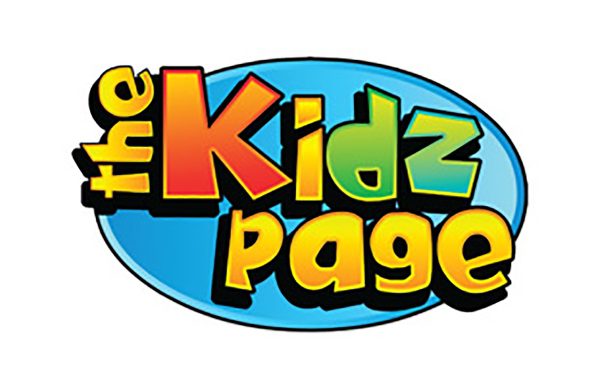


- Supported system: Website.
- Free or paid: Free.
- Subjects: Art, logic, and how to solve creative problems.
- Best for: Kids aged 4-10.
- Why it’s great: A great rainy day or boredom buster.
15. DOGO News
It offers age-appropriate news articles that teach kids about current events and world affairs. No doubt that it’s ideal for parents who are looking for balanced media consumption for young readers.



- Supported system: Website.
- Free or paid: Free.
- Subjects: Both news literacy and social studies.
- Best for: For 8-13 kids trying to understand what’s happening worldwide.
- Why it’s great: The articles are short, sweet, and kid-friendly.
Explore and learn together, safeguard your child’s growth with FlashGet Kids.
Why choose fun and educational websites for kids?
Modern parenting is changing, and the inclusion of fun websites will make a difference. The era of dull textbooks and days of endless drills is gone. These platforms enthuse kids, keep them engaged and make them curious. So why are they so good? Let’s break it down.
Diverse learning paths
- They have websites providing a variety of subjects. One place where kids can explore math, reading, art, coding, and so much more.
- You won’t have to drive to classes or purchase expensive materials. They have everything online, 24/7.
- Lessons on the likes of Khan Academy Kids can be adapted to a learner personally.
Improving critical thinking and problem-solving skills
- Besides, many websites contain puzzles, games and challenges that contain some logical thinking.
- Guess what? Memorizing is not only not kids’ thing; kids analyze, they strategize, they then apply their learning.
- Coolmath4kids and Mystery Science are websites that both encourage these important skills and keep kids entertained.
Keeping kids engaged: gamified learning
- Education would be a video game composed of points, badges and levels.
- Progress is rewarding, and kids stay motivated.
- Duolingo ABC and Funbrain rule this technique, mixing fun with achievement.
Keeping balance between education and entertainment
- They educate their brains without upsetting them.
- The content is so much fun that kids don’t even know that they’re learning!
- As for PBS Kids or Sesame Street characters, the familiarity and trust make lessons fun.
Social and emotional growth
- Sesame Street and other websites tackle big emotional topics in kid-friendly ways.
- But learning isn’t just about academics, but also about feeling teamwork and empathy.
Educational websites find the perfect balance between all of these. Parents are happy because their kids are learning and kids love them because they’re fun.
The balance between online browsing and other activities
Educational websites are amazing tools, but like every other thing, they do have boundaries. Screen time in kids can take a massive toll on their health and development. Balance is key in creating a full upbringing.



1. Encourage offline hobbies
- Introduce activities like painting, reading physical books or learning a musical instrument, just so you know what it means.
- Outdoor play is essential. Jumping, running and climbing make you physically healthy and confident.
- In the real world, lessons learned in the online world can be extended as DIY science experiments or building models.
2. Set clear screen-time limits
- Follow the “20-20-20” rule: Look at something 20 feet away every 20 minutes for 20 seconds.
- Set up a schedule of specific times for screen use and be sure kids recognize when it’s time to unplug.
- Timers can be used to cut the “five more minutes!” argument.
3. Make family time a priority
- Board games, cooking or gardening, as family activities, are perfect for bonding.
- Divide up responsibilities such as planning the meals or game nights, and make everyone involved in the responsibilities.
- None of these activities teach the life skills you can replicate on screens.
4. Combine online learning and real-life practice
You should try to mix what kids learn online with their offline world. For instance, look at the local museum or zoo as a way to bring lessons to life after using National Geographic Kids. Have them write or draw about what they learned from BrainPOP or ABCya.
Children who grow well-balanced, curious and creative are a healthy mix of online and offline activities. This is not about banning screens. It’s about using them consciously.
How to block your kids from browsing toxic sites?
The Internet is a powerful tool, but there are potential dangers. To protect kids’ mental & emotional health, they need a safe browsing environment. The good news is that you can take some practical steps as parents to ensure the online experience is positive and secure.
Use FlashGet Kids parental controls
FlashGet Kids is a powerful app designed to help parents monitor and safeguard their children’s online activities. With features like real-time location tracking, activity reports, and content filters, parents can set boundaries and stay connected with loved ones.
- Features:
- It has an app blocker that limits accessing some apps and forbids new installations.
- The keyword detection feature within this app can help alert parents when their kids are chatting or searching for toxic words on social media platforms like Instagram, Telegram, Snapchat, etc.
- The screen mirroring feature allows parents to see everything their children are doing on their phones in real-time.
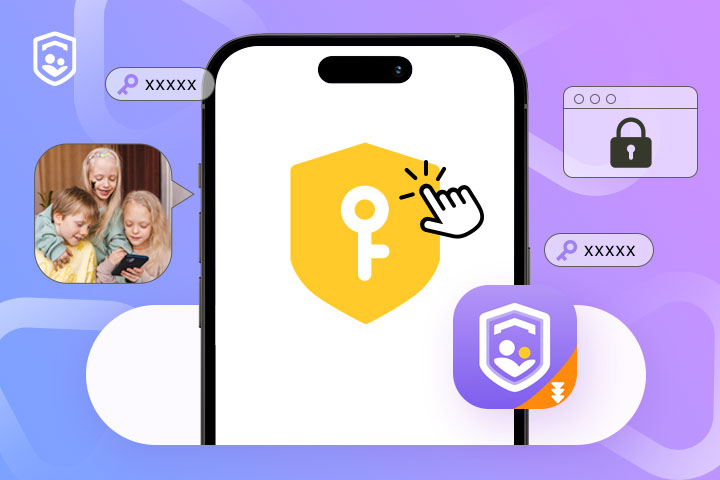


Enable SafeSearch on browsers
SafeSearch filters remove inappropriate content from websites like Google, YouTube, and Bing. It’s a straightforward browser setting you can activate to block the most harmful content.
Monitor browsing history
Review your child’s browsing history regularly so you can see what they’re looking at. As a result, it also allows a conversation about what a safe or unsafe site is. Besides, be approachable for kids to comfortably talk to you about what they see online.
Quick customizations for content filtering
Many apps and tools have advanced content filtering and real-time monitoring, like iPhone Screen Time settings, Discord explicit image filtering, and others. Alerts will tell you when your child has visited flagged websites. Useful third-party tools are FlashGet Kids, Net Nanny, and Qustodio.
Educate kids on online safety and set rules
Teach kids not to share private information online, not to click on suspicious ads or pop-ups, and not to browse sites from unknown sources. It’s vital to foster an environment where children feel comfortable talking about their online experiences. Regularly discuss the websites they visit and the content they interact with.
It’s not about spying, it’s about guiding. Parents can build a safe online world for the next generations by following the right tools and communicating openly with discipline.
Bottom line
From Duolingo ABC and National Geographic Kids to BrainPOP, those fun websites come with a world of exploration, creativity, and growth for kids.
No website – no matter how good – is a substitute for guidance and balance. Blurring the lines between online and offline activities, creating clear limits and utilizing tools such as FlashGet Kids will help parents ensure that their children enjoy safe digital experiences.
Let’s take the best from both worlds with kids learning, laughing and growing while under a watchful eye.

